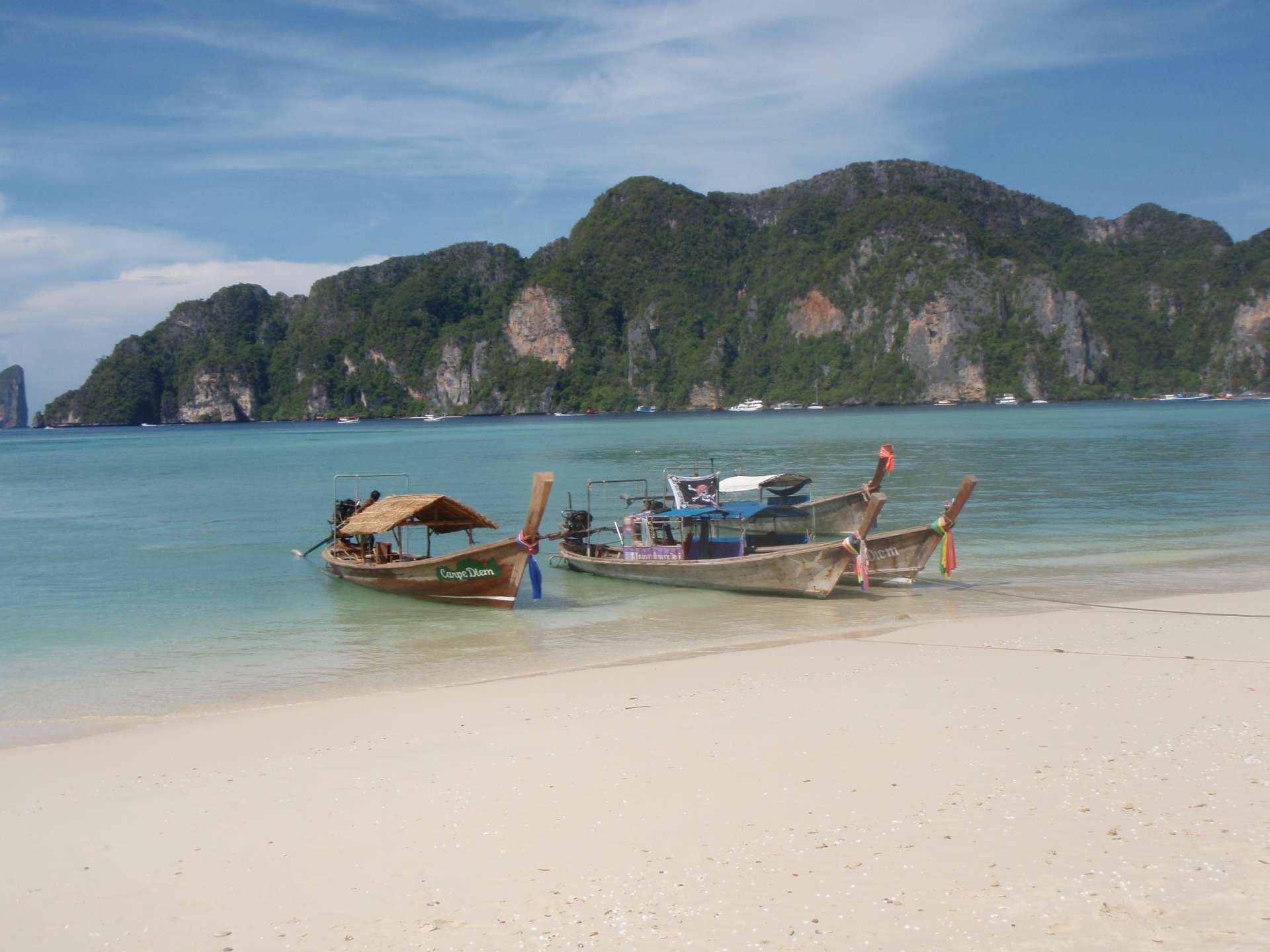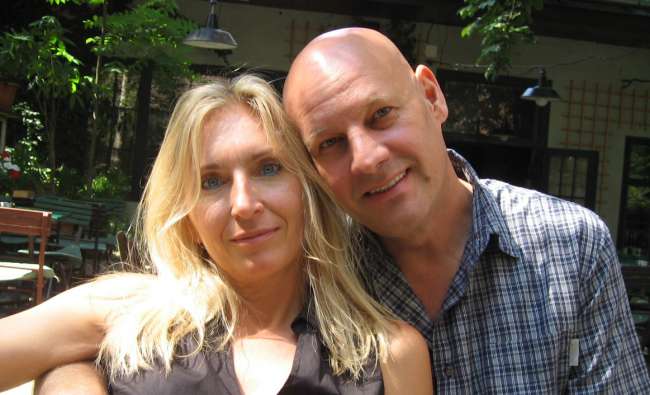
welovetheworld
vakantio.de/welovetheworld
On the trail of the Aborigines...
Wɔatintim: 28.09.2017
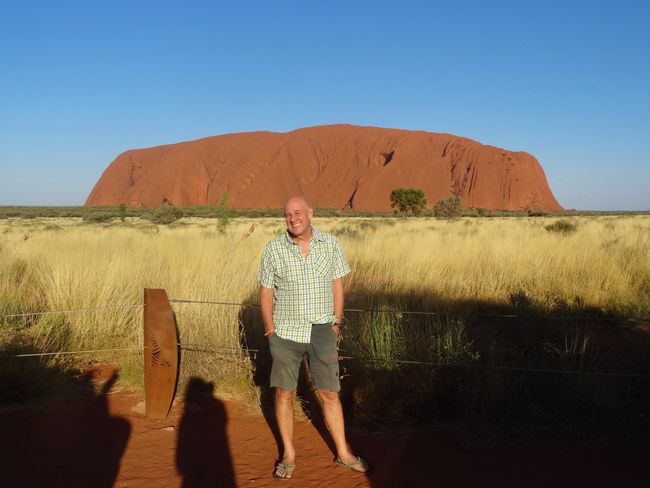
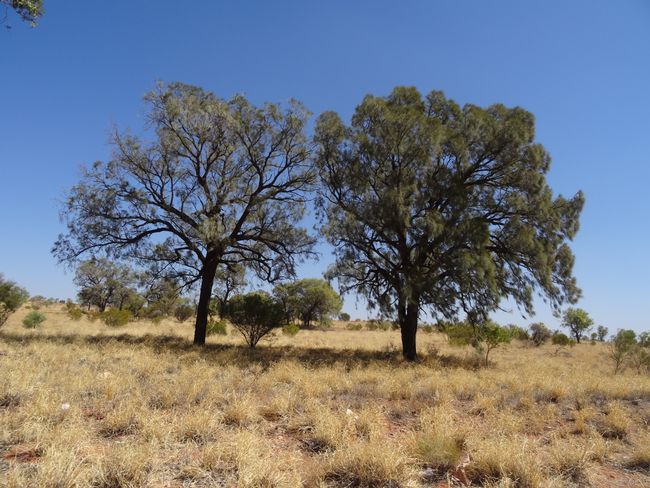
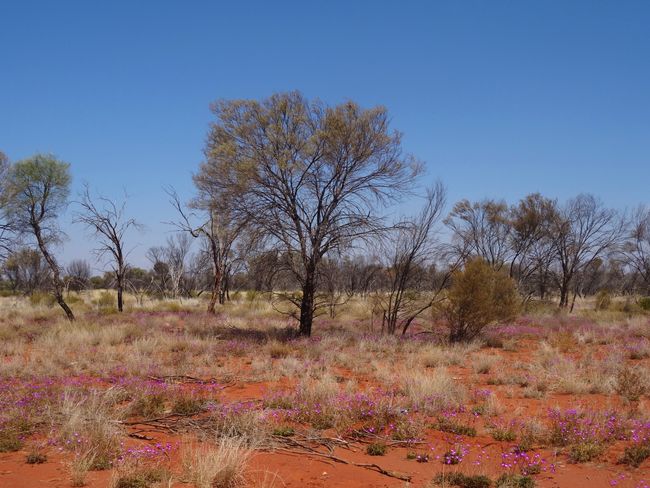
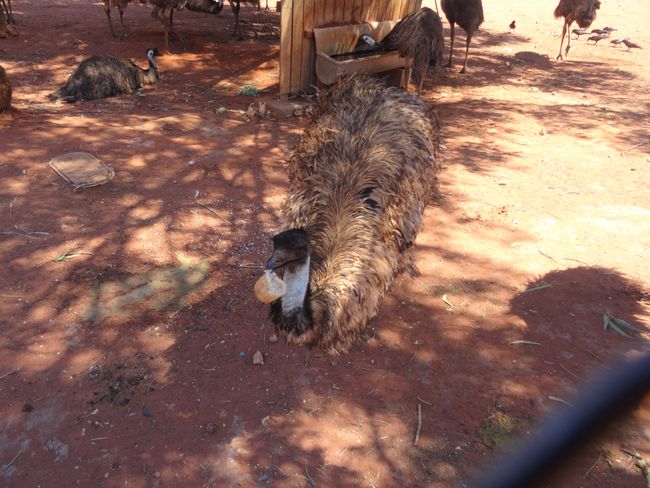
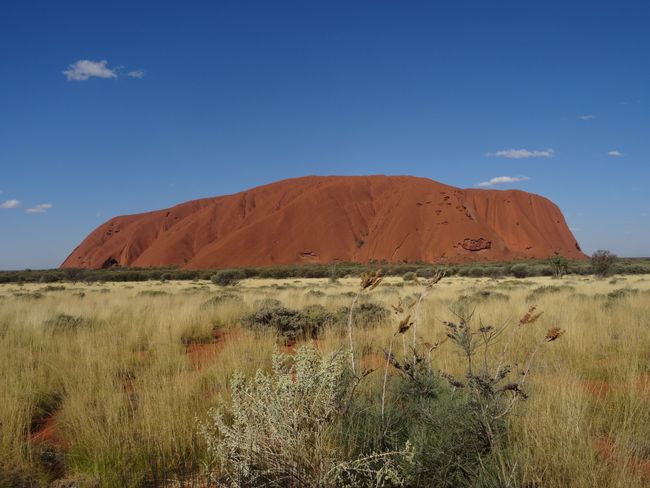
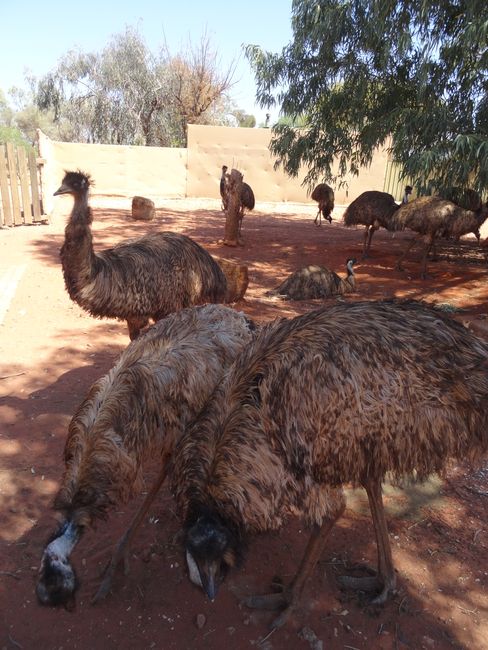
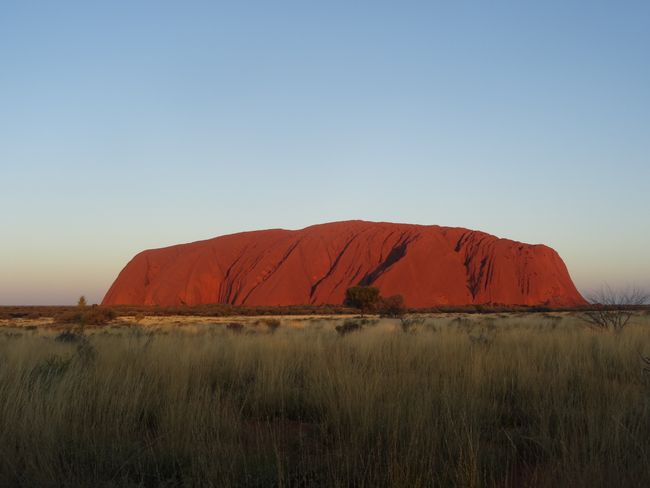
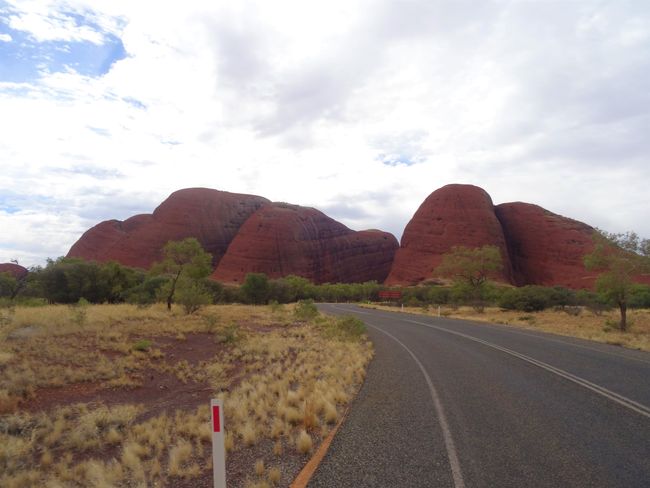
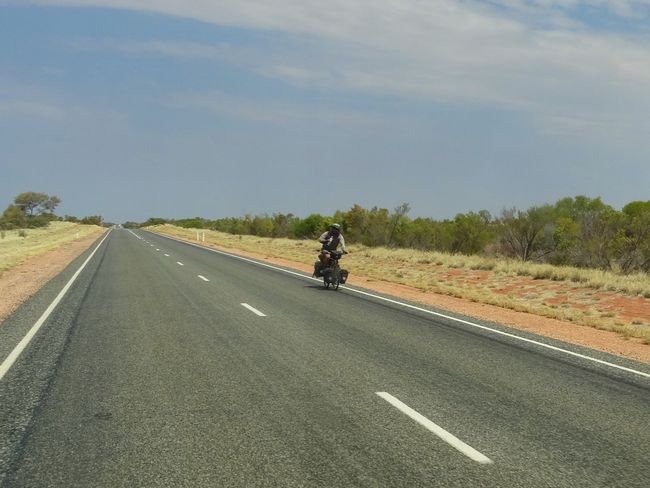
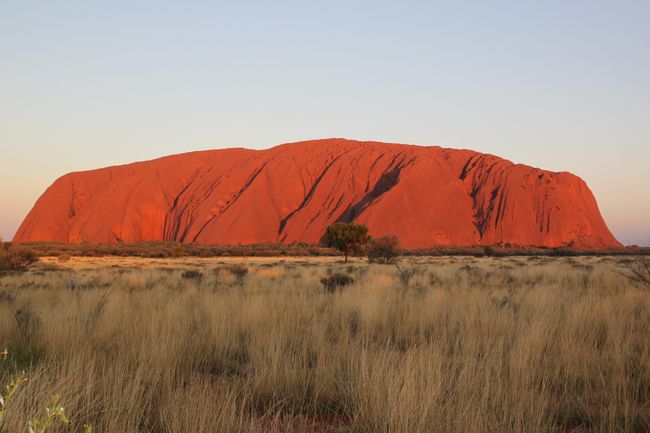
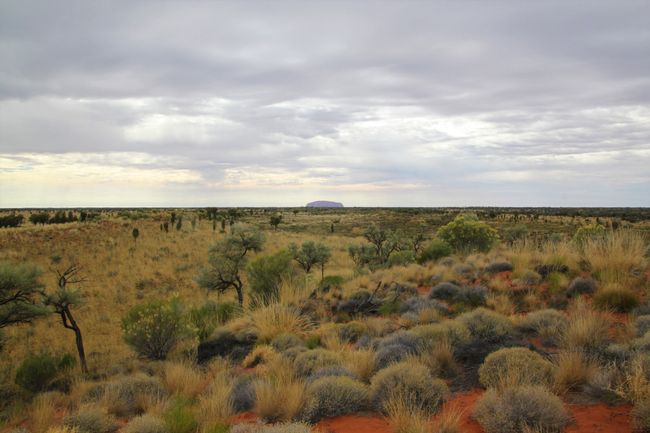
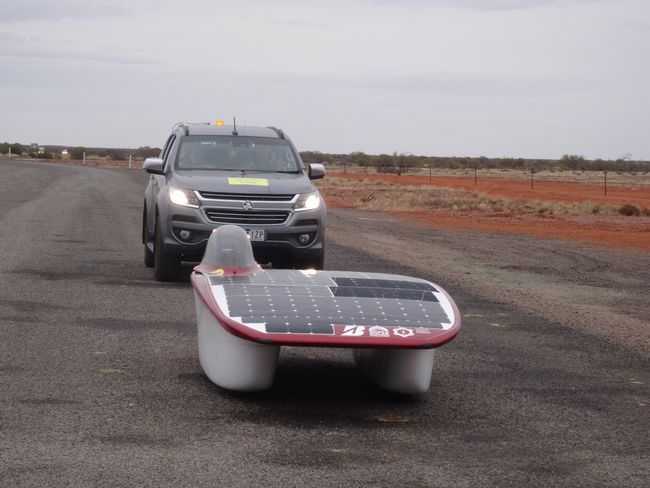
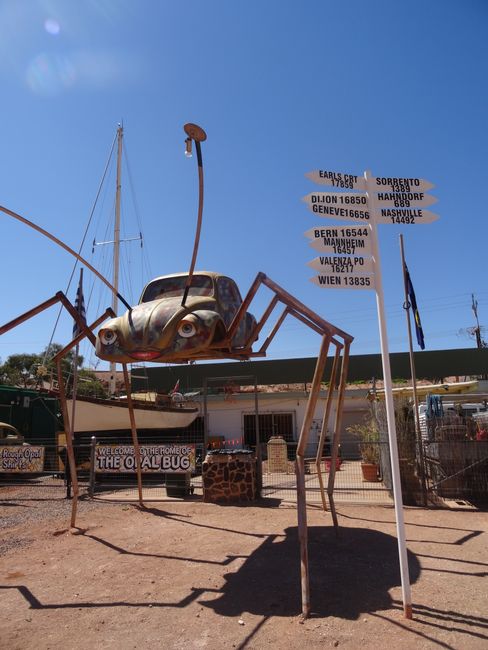
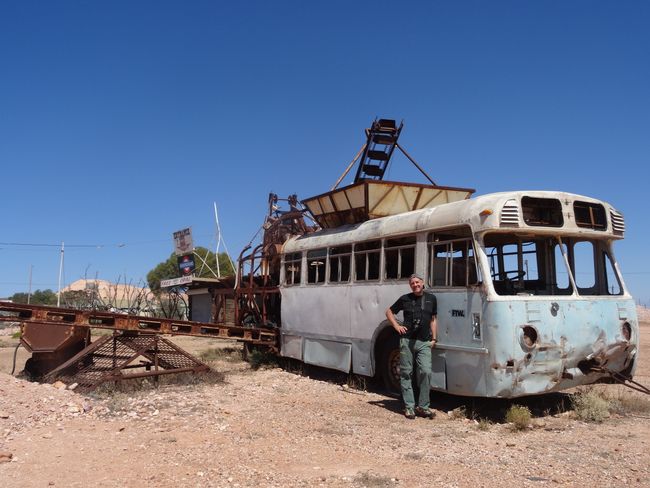
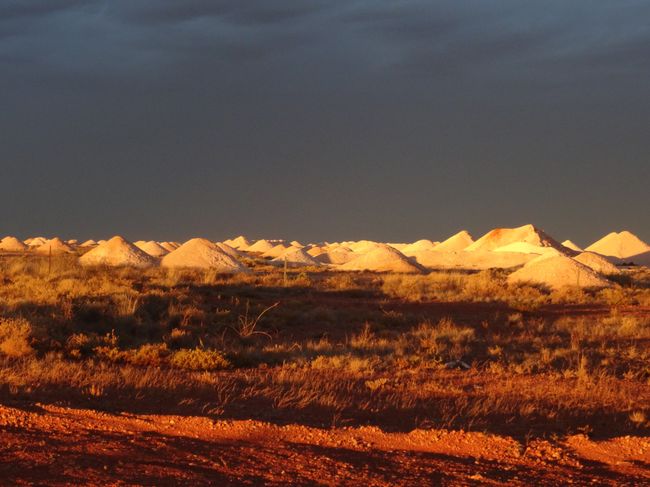
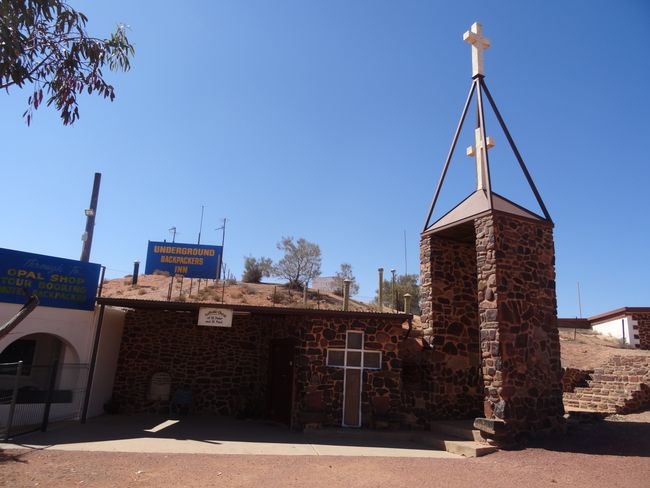
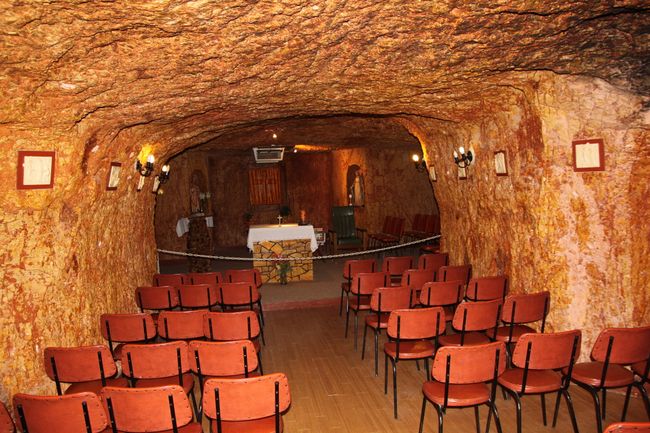
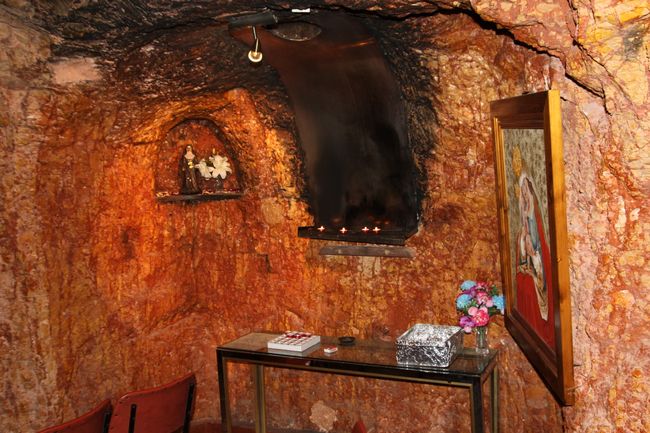
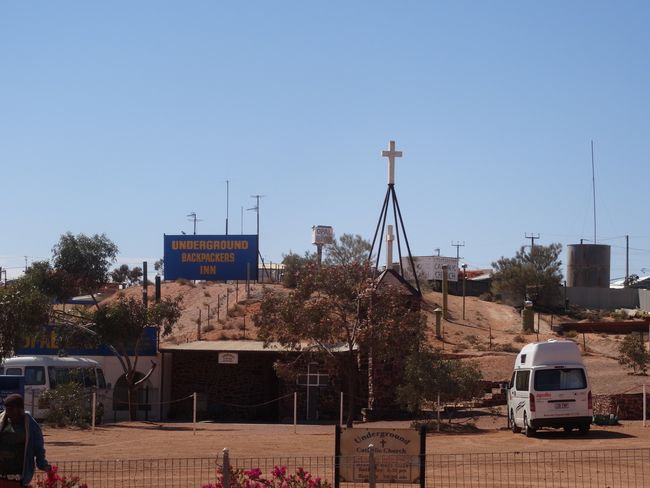
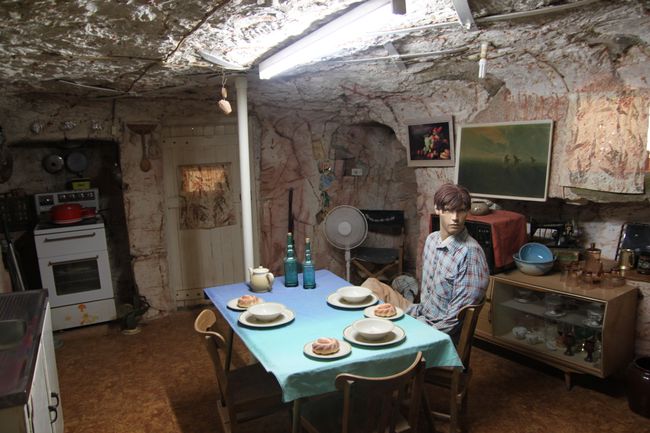
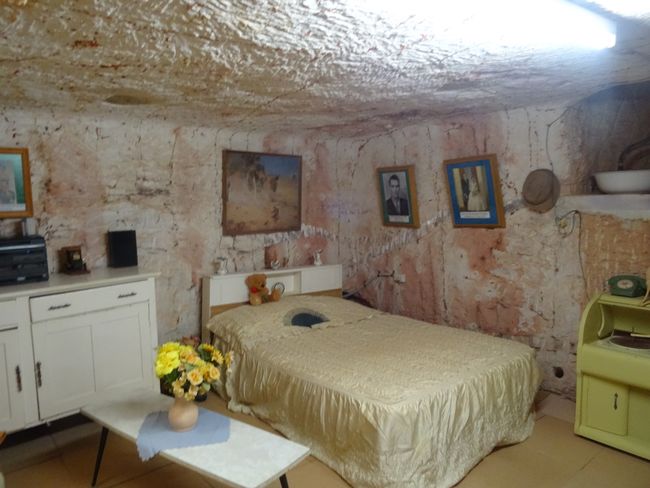
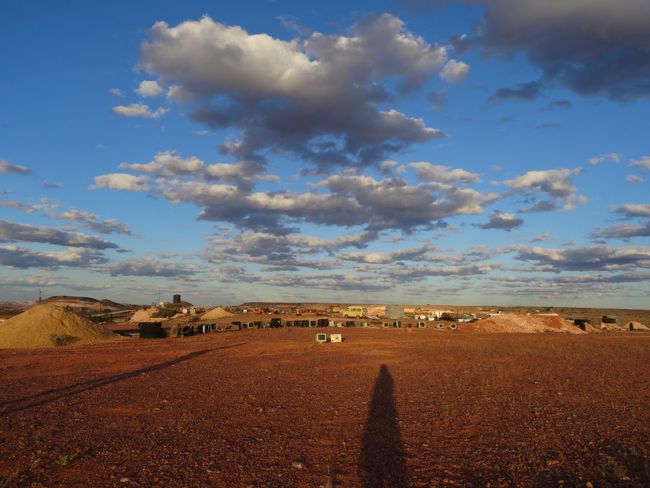
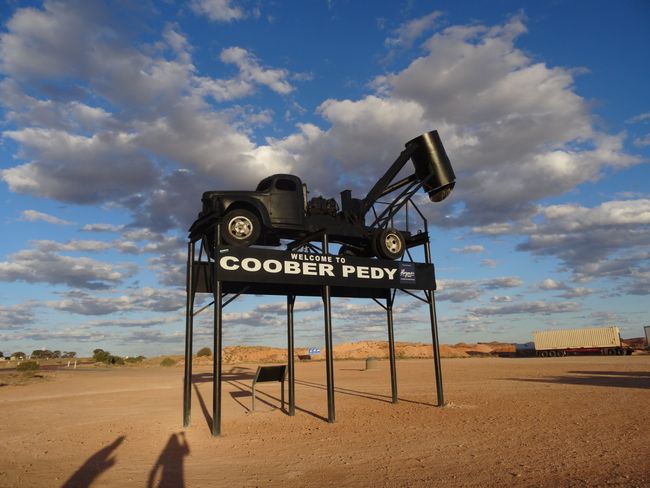
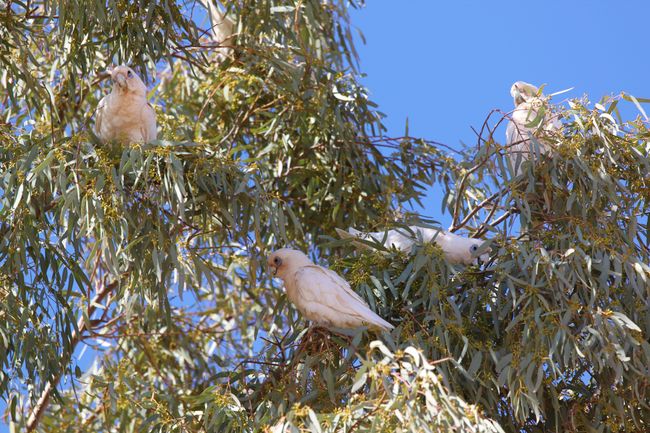
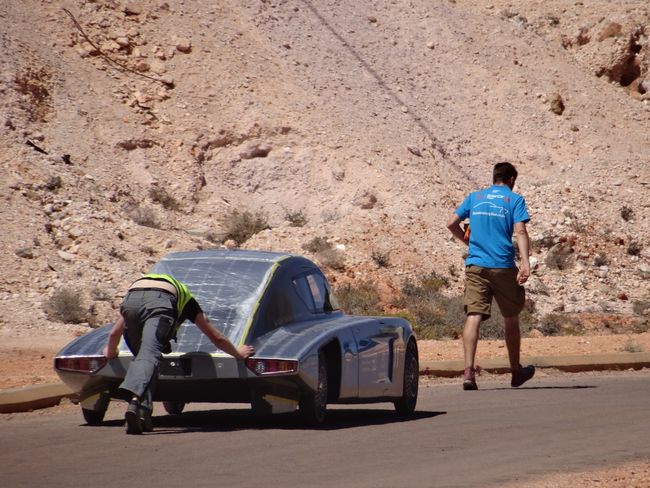
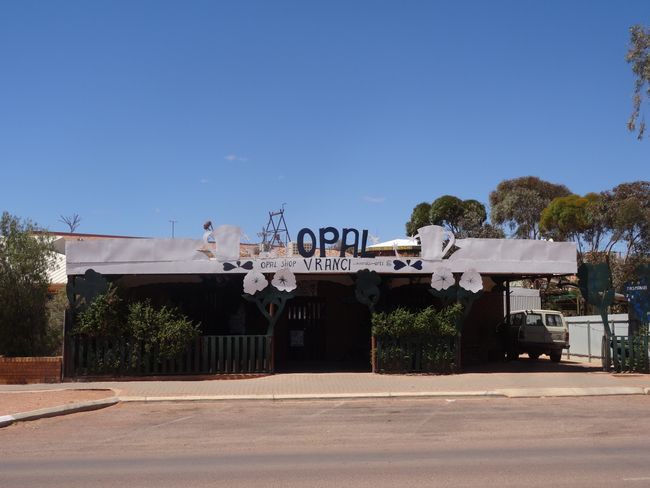
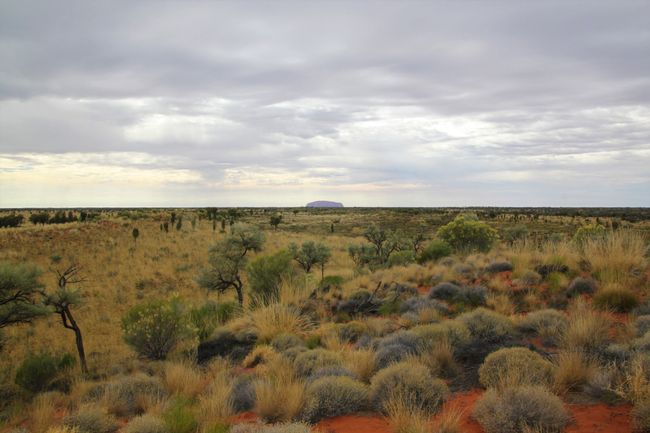
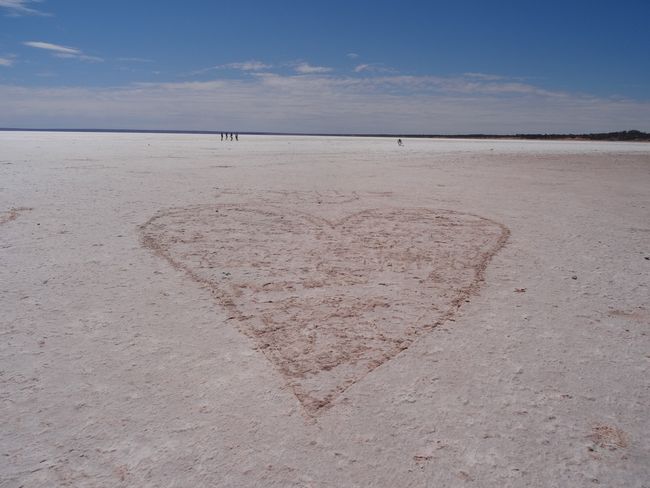
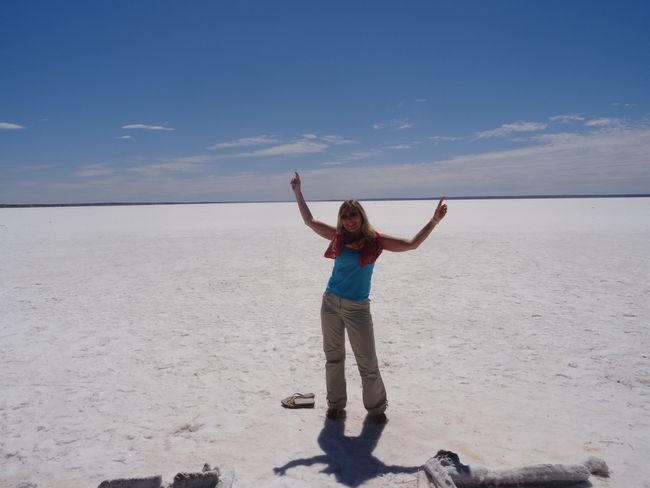
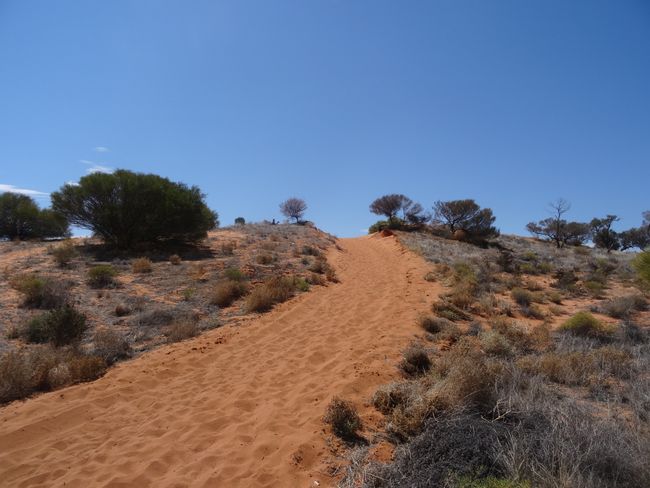
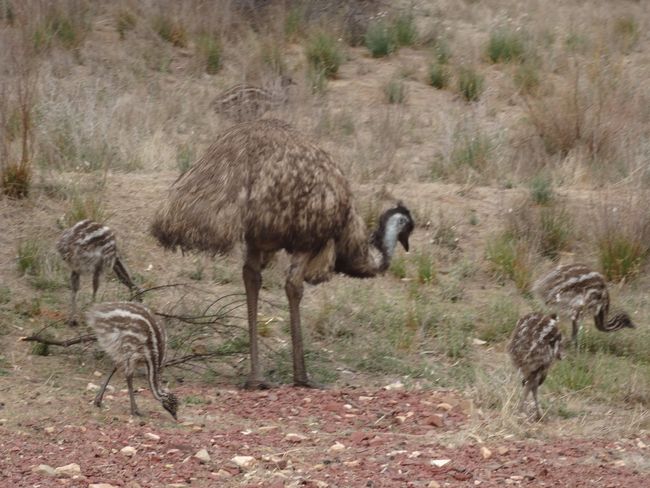
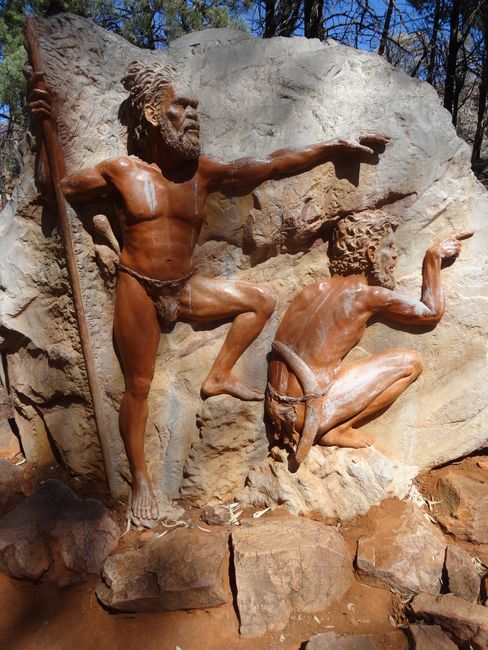

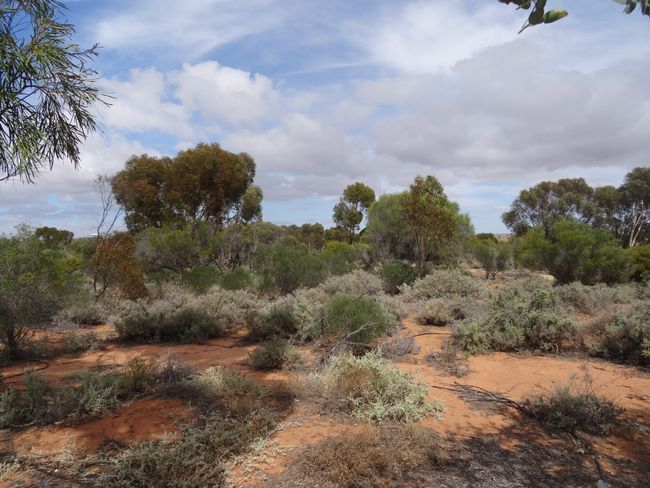
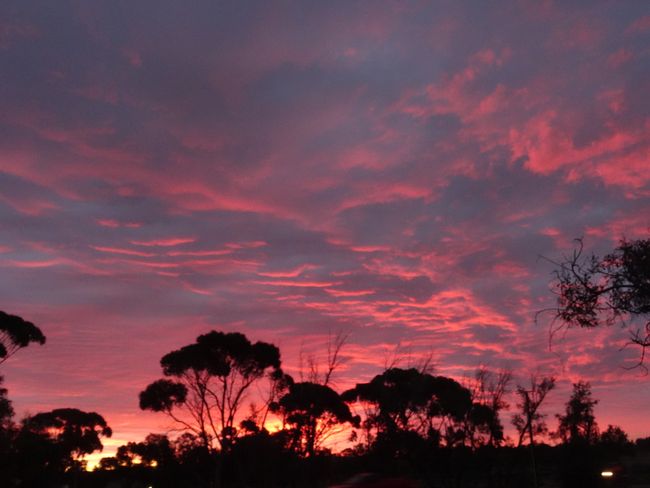

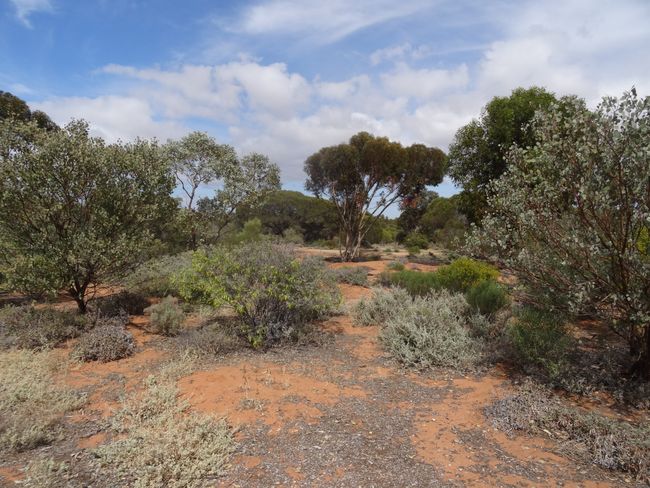
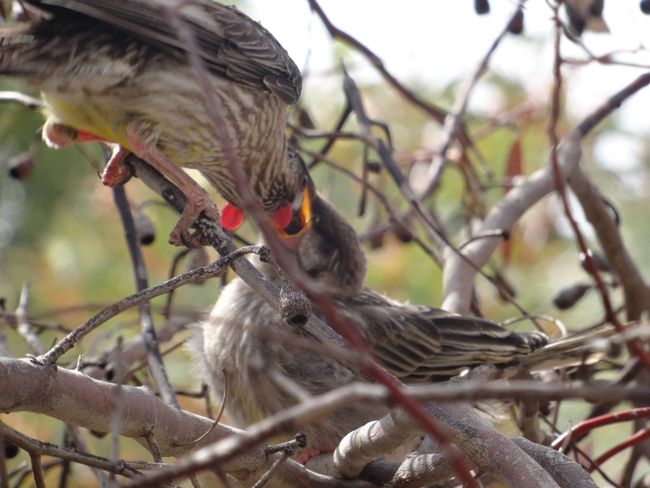
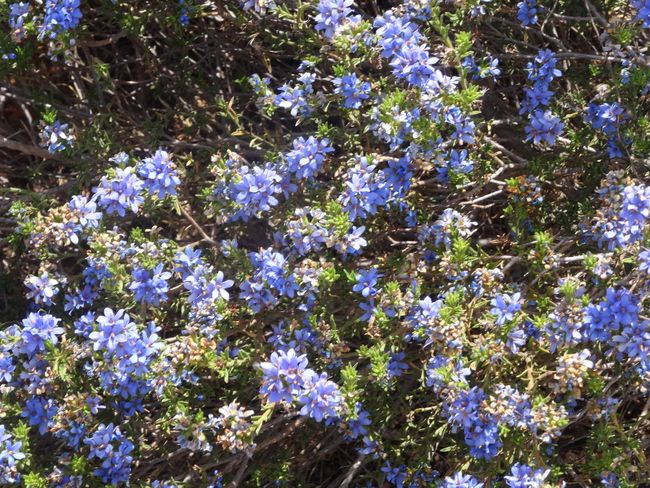
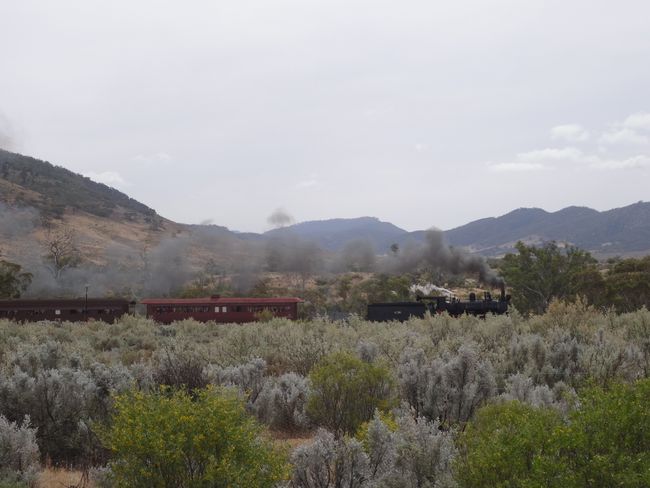
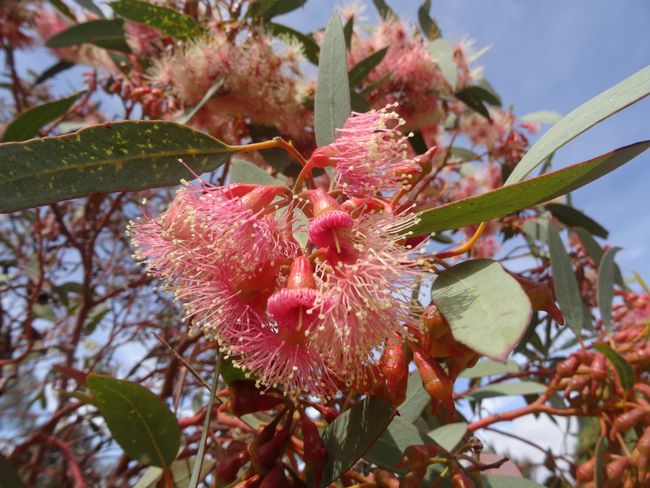

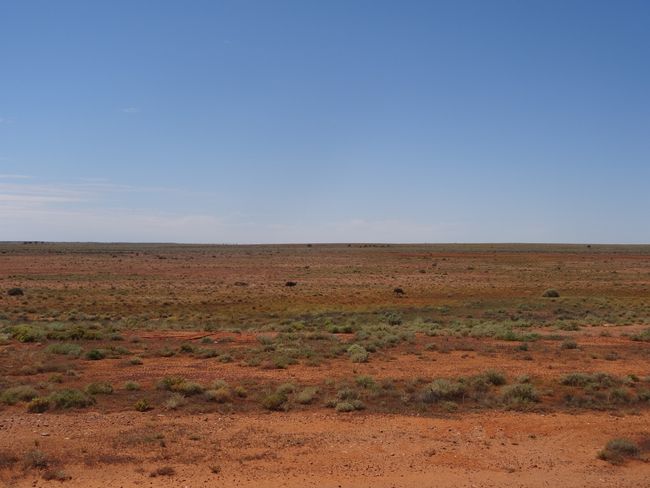
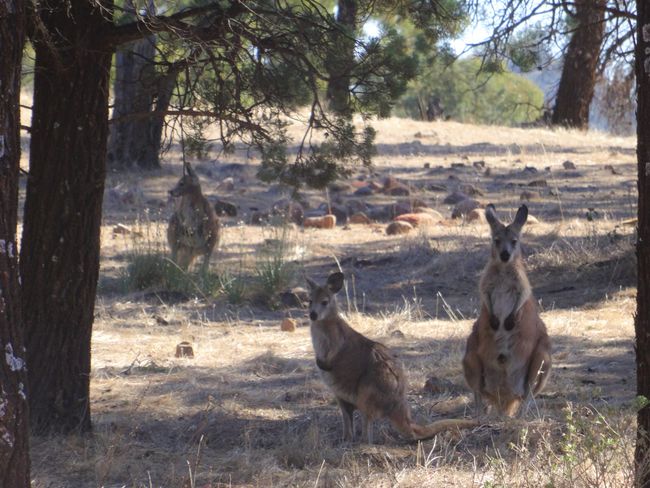
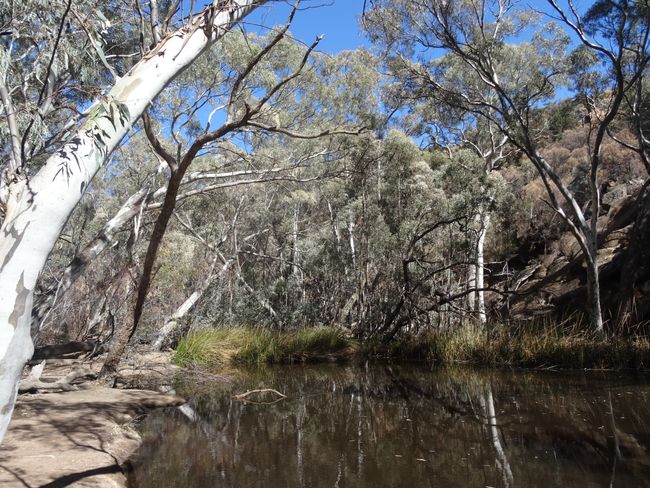
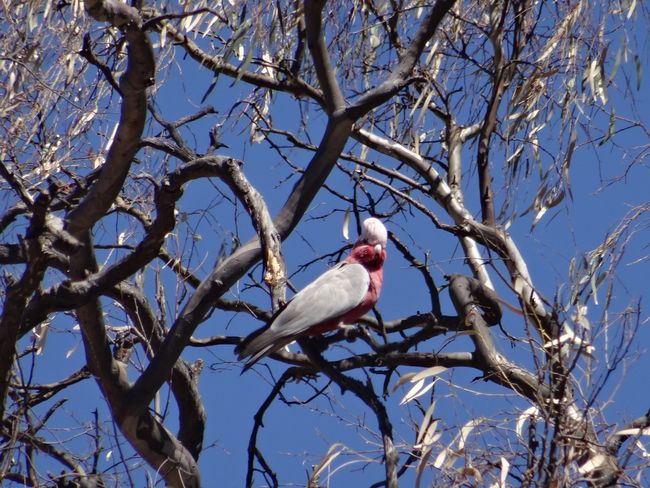

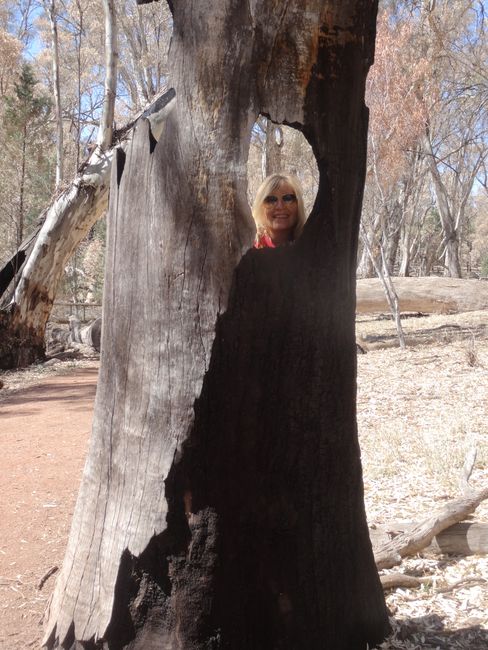
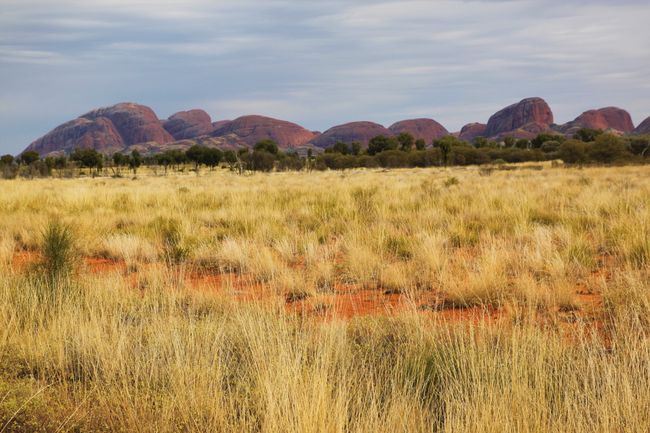
Kyerɛw wo din wɔ Newsletter no mu

...Uluru (Ayer's Rock) and Kata Tjuta National Park
Our route continued south along the Stuart Highway to the Lasseter Highway. This leads west to Uluru.

There we made a short refueling stop in Erldunda. There isn't much to miss there, except for a very nice emu farm.

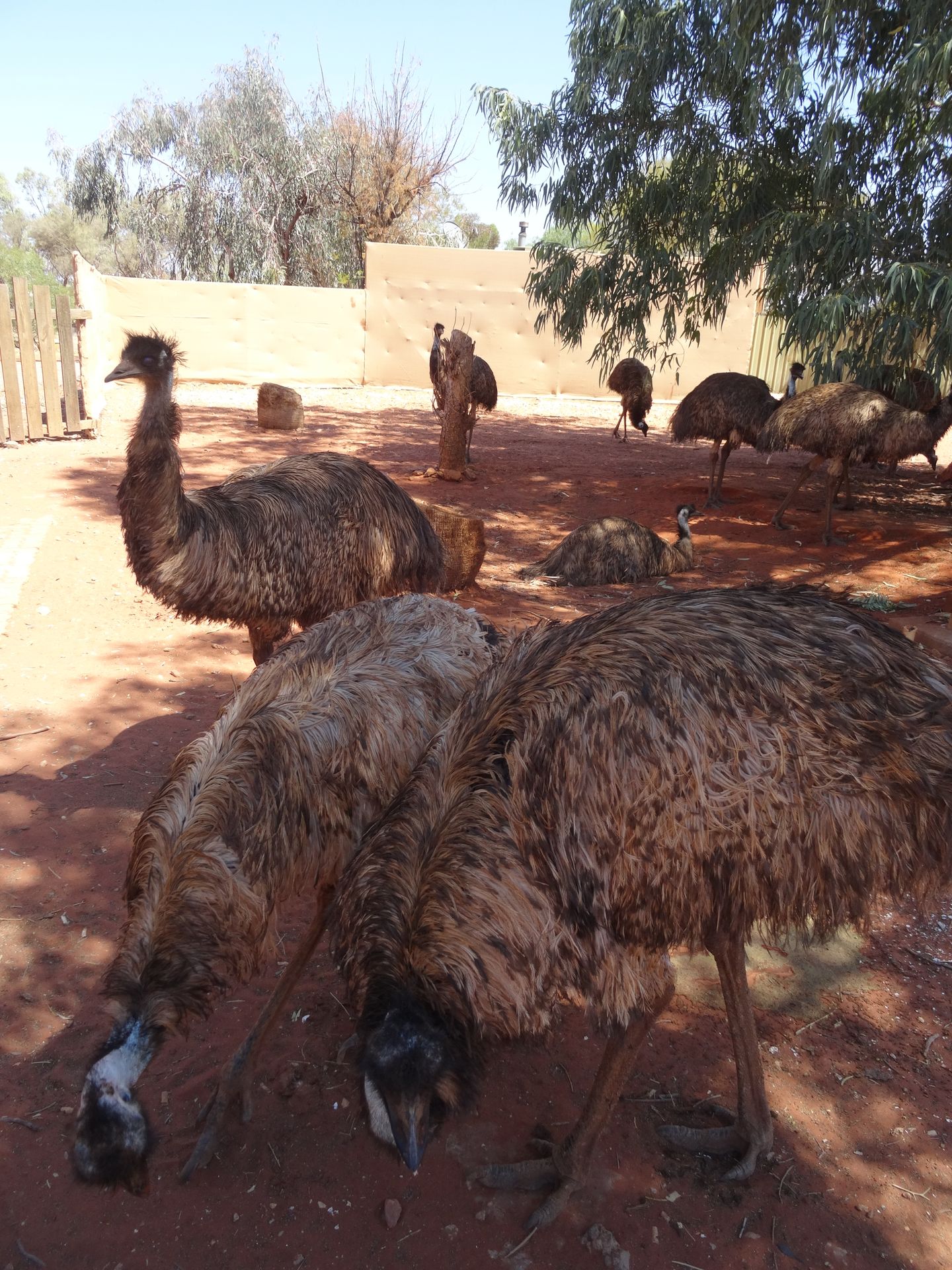
Most people are familiar with the photos of Uluru, in various shades of red and violet. I always thought that they must be heavily edited. However, we could see for ourselves how the most sacred and meaningful place for the Aborigines presents itself in a multifaceted way, depending on the sunlight. What surprised us naively, are the masses of tourists who flock there, especially at sunrise and sunset....

The nearby cultural center is highly recommended, as it provides many interesting insights and information about the life and culture of the Aborigines. In 1985, the land around Uluru and Kata Tjuta was officially handed back to the Anangu tribe, who in turn leased the land to the Australian government for 99 years. Since then, the national park, which is now also a world cultural and natural heritage site, has been jointly managed by the Anangu and the director.

The next day, we visited Kata Tjuta, about 50km away from Uluru.

The highest peak is 546m, which is 198m higher than Uluru. Honestly, we found these rock formations even more spectacular. Unfortunately, the weather was quite cloudy on that day, but it did not diminish the beauty of the area too much.

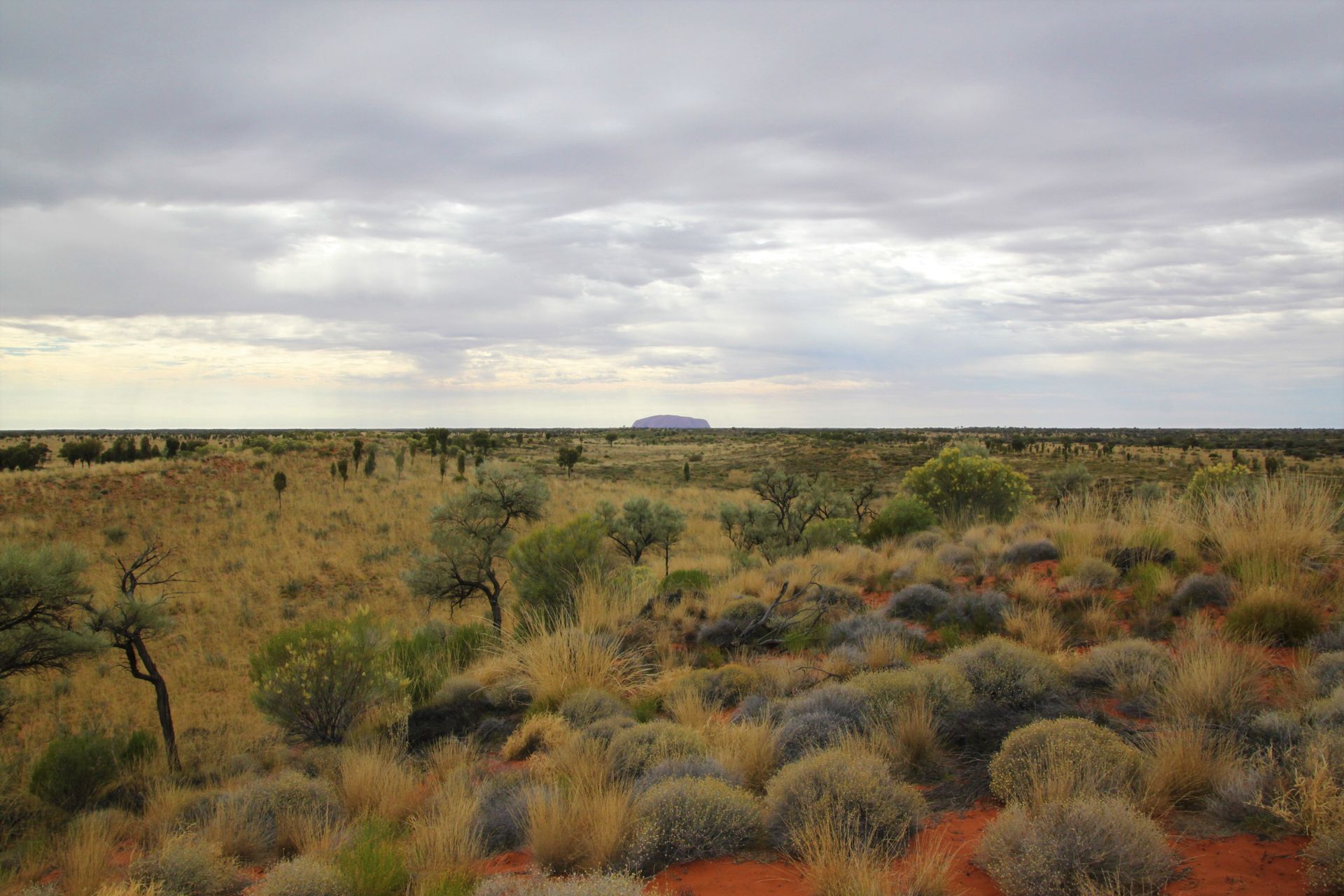
There are beautiful hiking trails in the area, but since the temperature is currently around 37°C, we decided against it, especially since we expect better and cooler opportunities for extensive hikes in the south.
So we headed straight to Coober Pedy, about 800 km away, with no significant opportunities for stops in between (except in Marla, where there is a gas station and a rest area).
The landscape changes slightly along the way, but becomes increasingly barren further south.
We also witnessed a test drive of a solar vehicle on the highway. As we were told by the participants themselves, they were students from Stanford University. Later, we saw another futuristic vehicle in use.


We eventually arrived in the area of Coober Pedy just before sunset.


The sight that greeted us was simply indescribable - almost like being on another planet! Not without reason, films like 'Mad Max' and various other post-apocalyptic movies have been filmed here. The landscape is dominated by opal mines, as this is the 'opal capital' of the world.
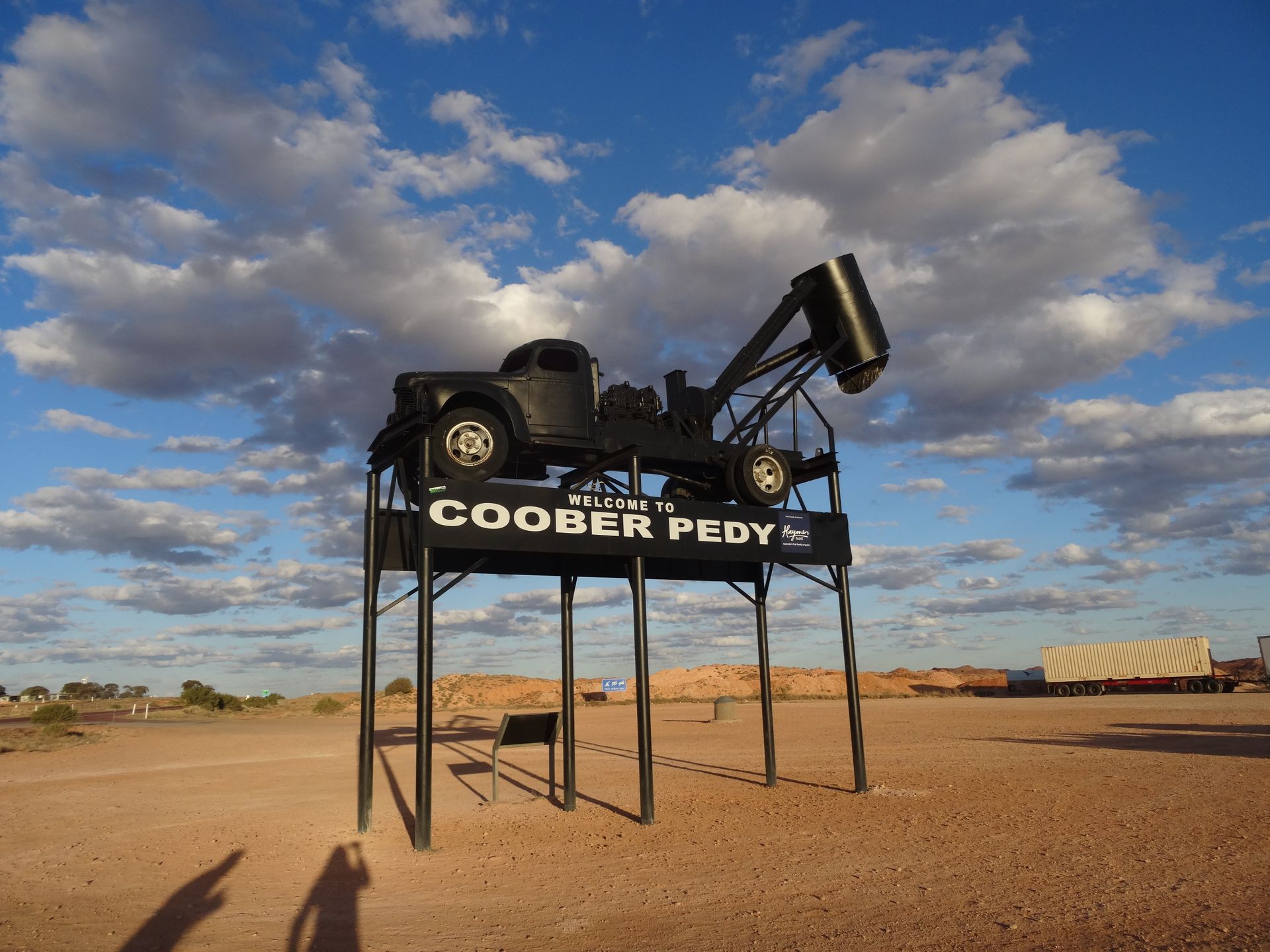
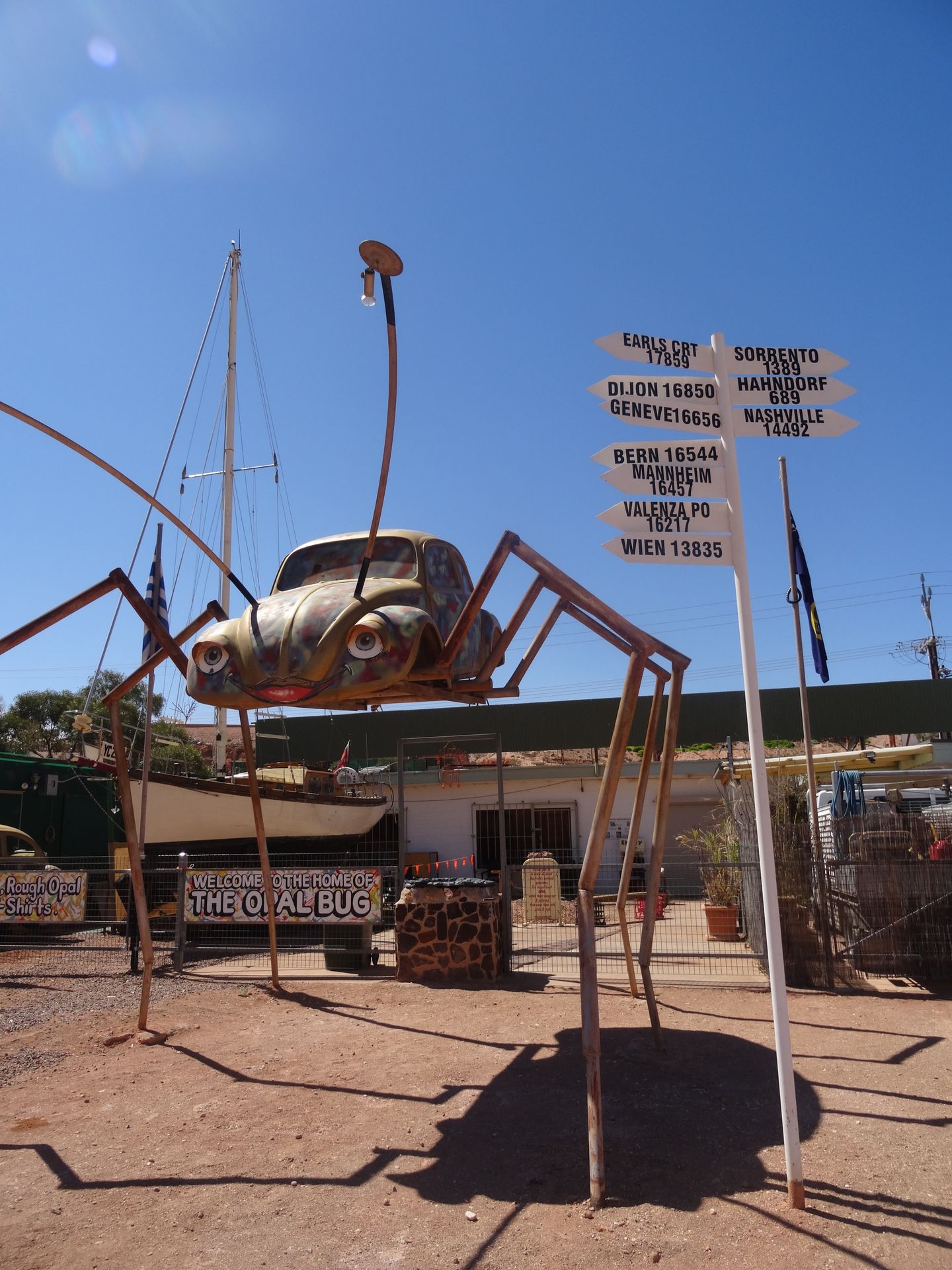

We visited an original opal mine from 1916, which had been kept secret for some reason and was only accidentally rediscovered in 1968. Opal miners had already built living caves there, much like there are still today in the area.
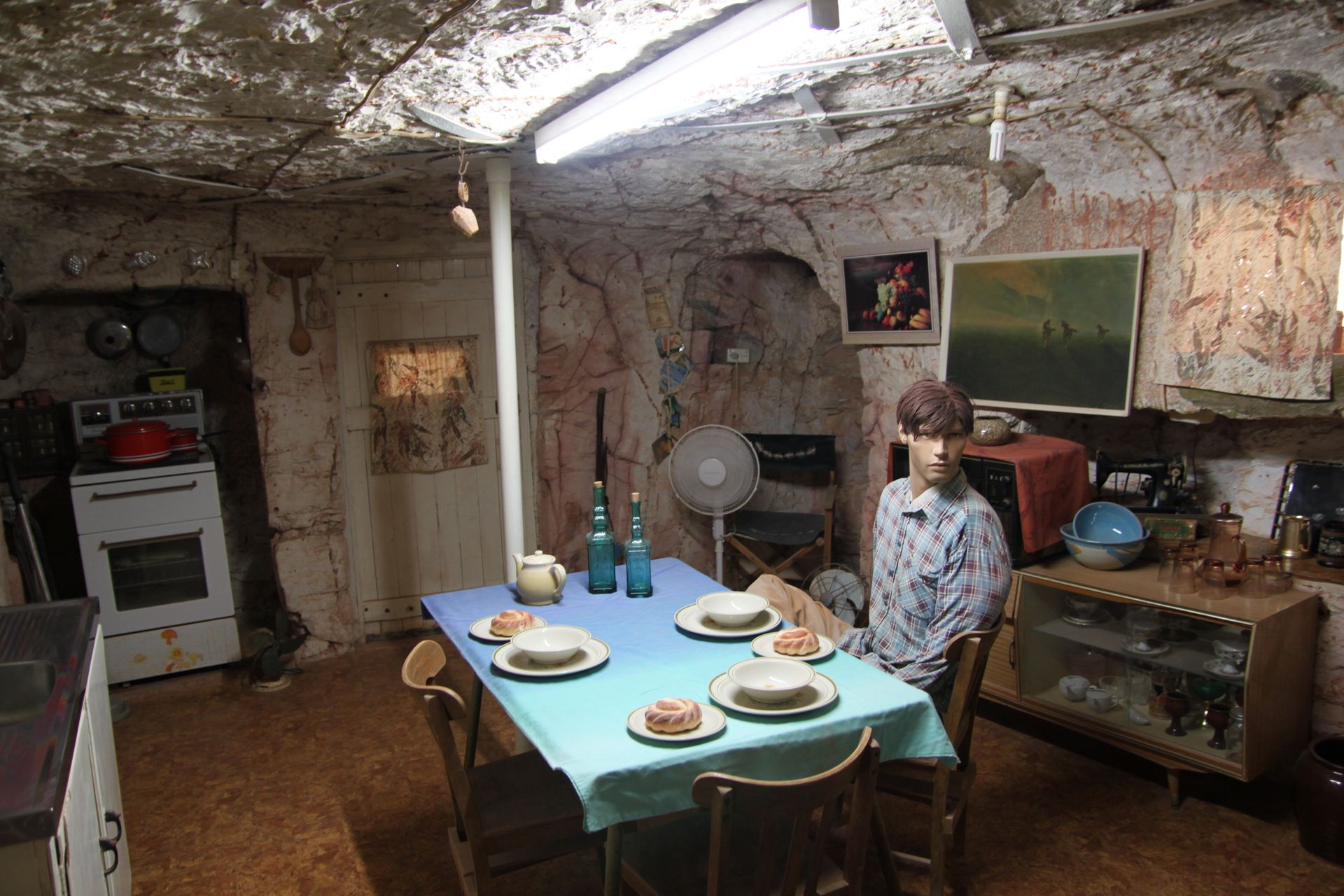
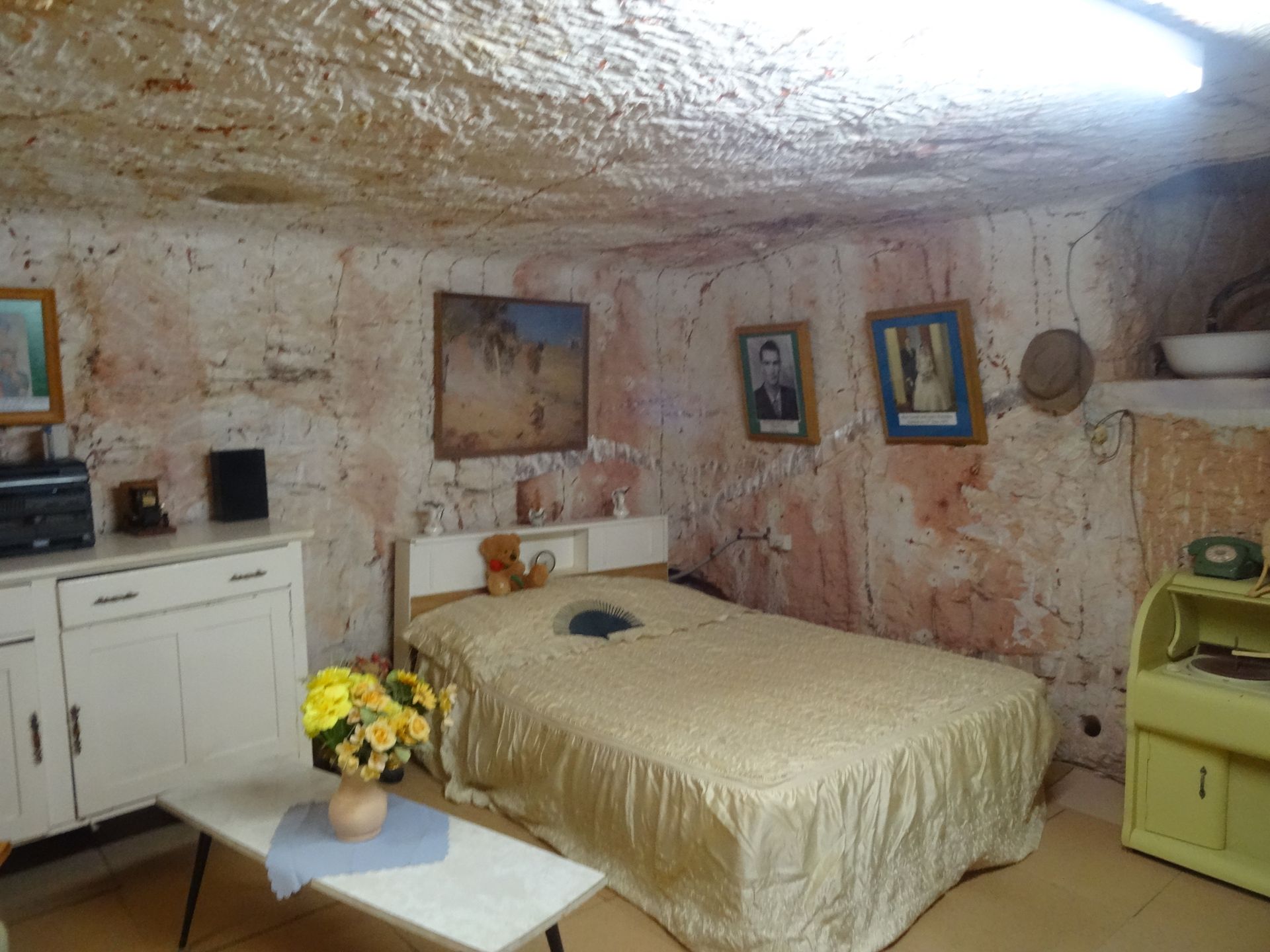
Supposedly, about half of the inhabitants of Coober Pedy live in underground apartments, which maintain a constant room temperature of 23°C, which is perfect since it can get very hot in the desert during the day and very cold at night. As this type of construction has proven to work so well, even bars, restaurants, hotels, and even churches have been built underground.
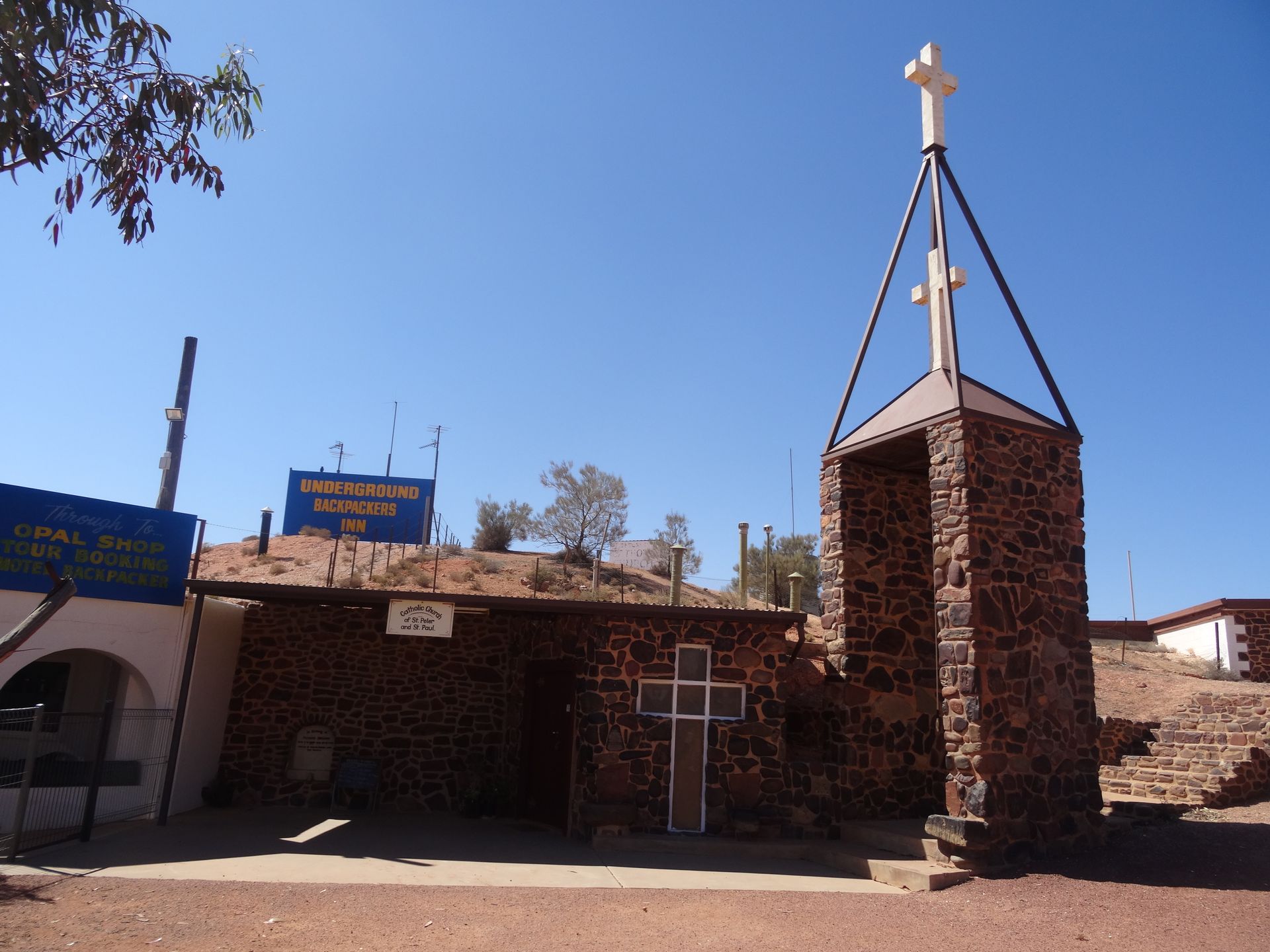
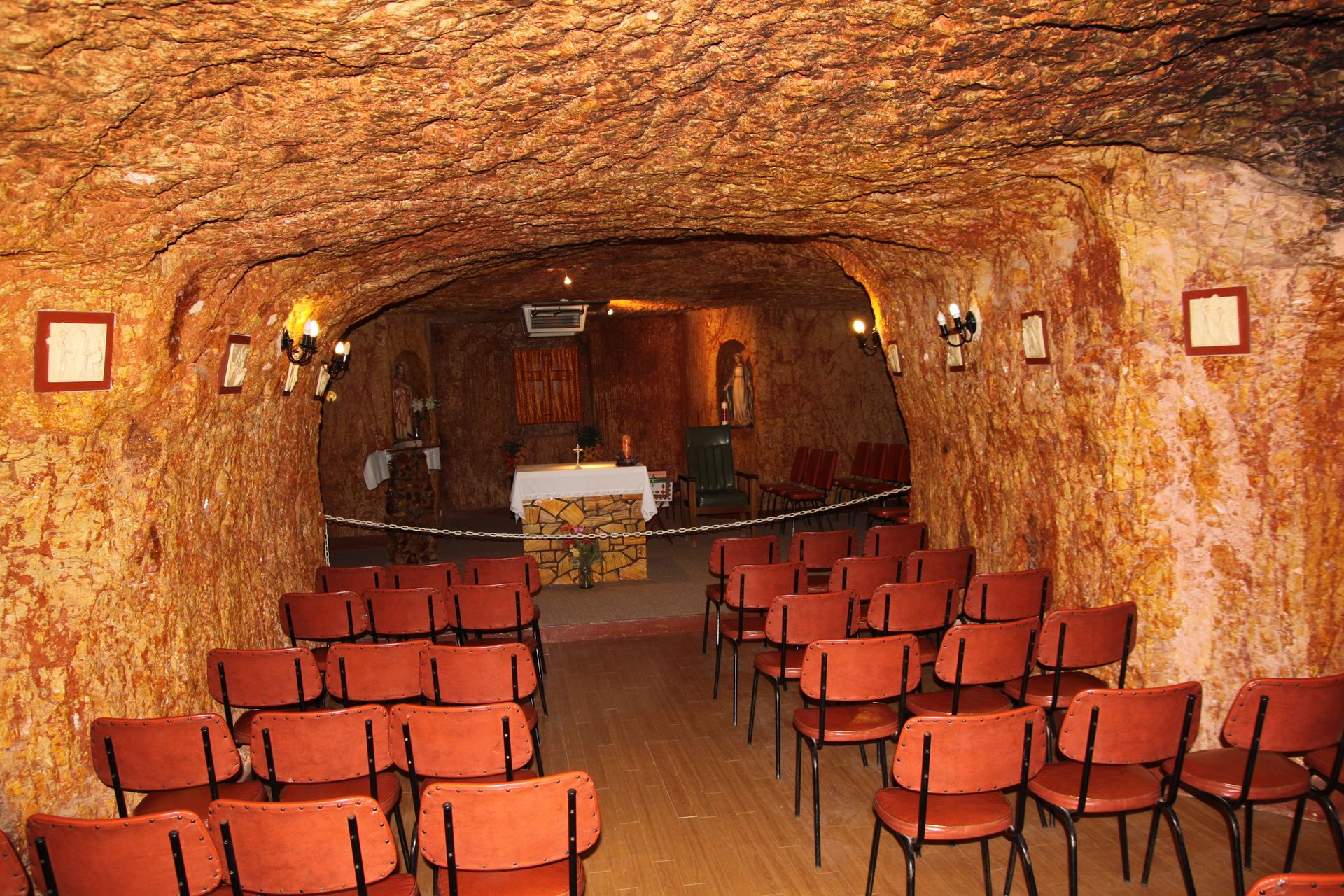
There are many different nationalities living here, some of whom originally came to Coober Pedy to mine opals for a few years but ended up staying.

As a tourist, it's quite hard to understand, because for me it would be absolutely unimaginable to live here, but I am not infected by the opal rush;). The hope of finding the big jackpot someday in the near future can be addictive.... but I still prefer chocolate;)...

That's why we were happy to continue our journey....
On the way to Port Augusta, we passed by a huge salt lake.

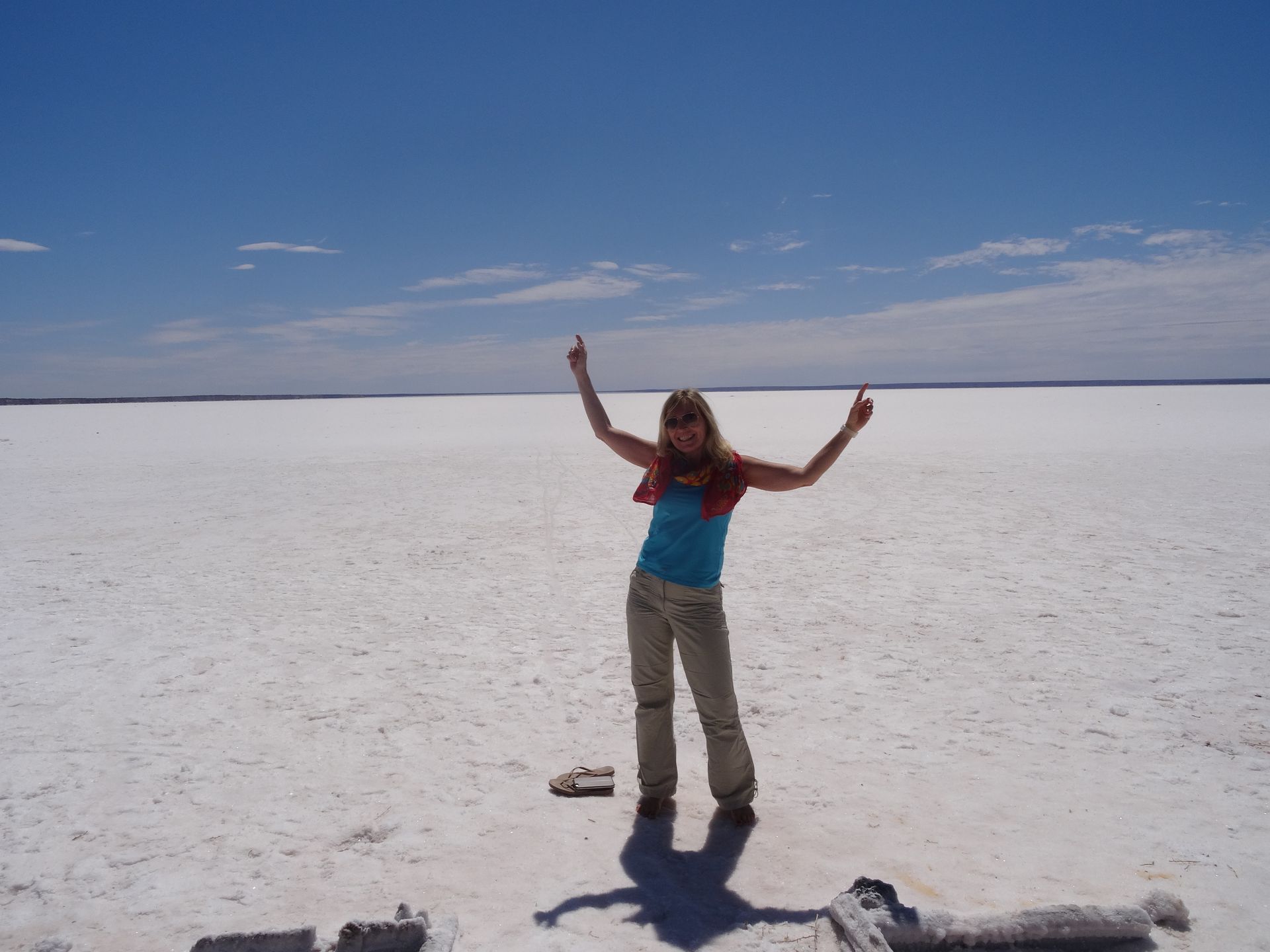
But we didn't stay in Port Augusta for long.

Ambient sunset at the campground!
But we did visit the Botanical Garden. Due to the season, the vegetation here is heavily affected by drought, but the lovingly landscaped garden is a paradise for local bird species.




Afterwards, we drove north to Flinders Ranges National Park.
I was so excited to come across this old steam locomotive on the way!

In Flinders Ranges National Park, we lived in the midst of pure nature. Apart from cockatoos, parrots, various kangaroo and wallaby species, as well as emu families, can be seen frequently.
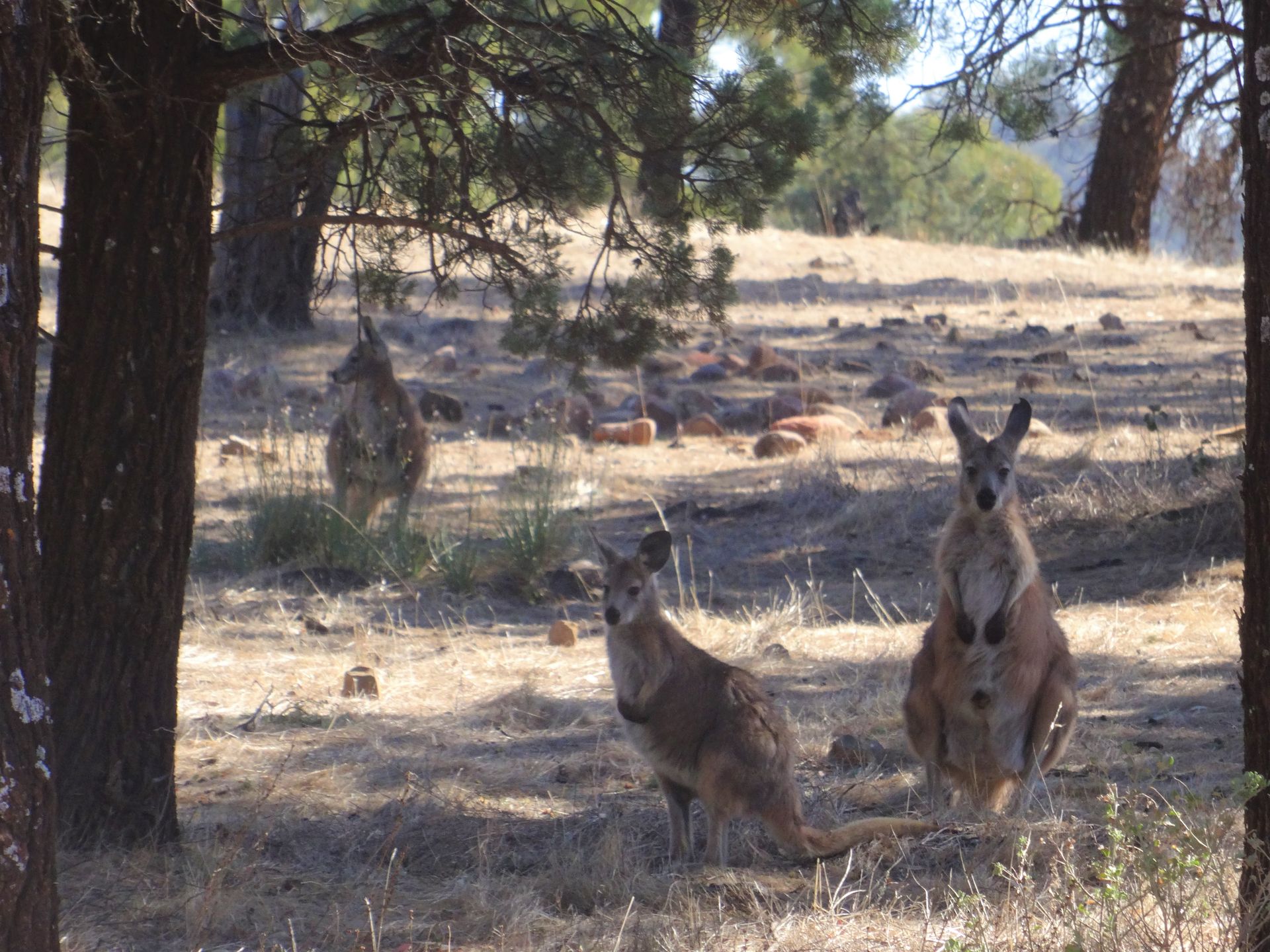
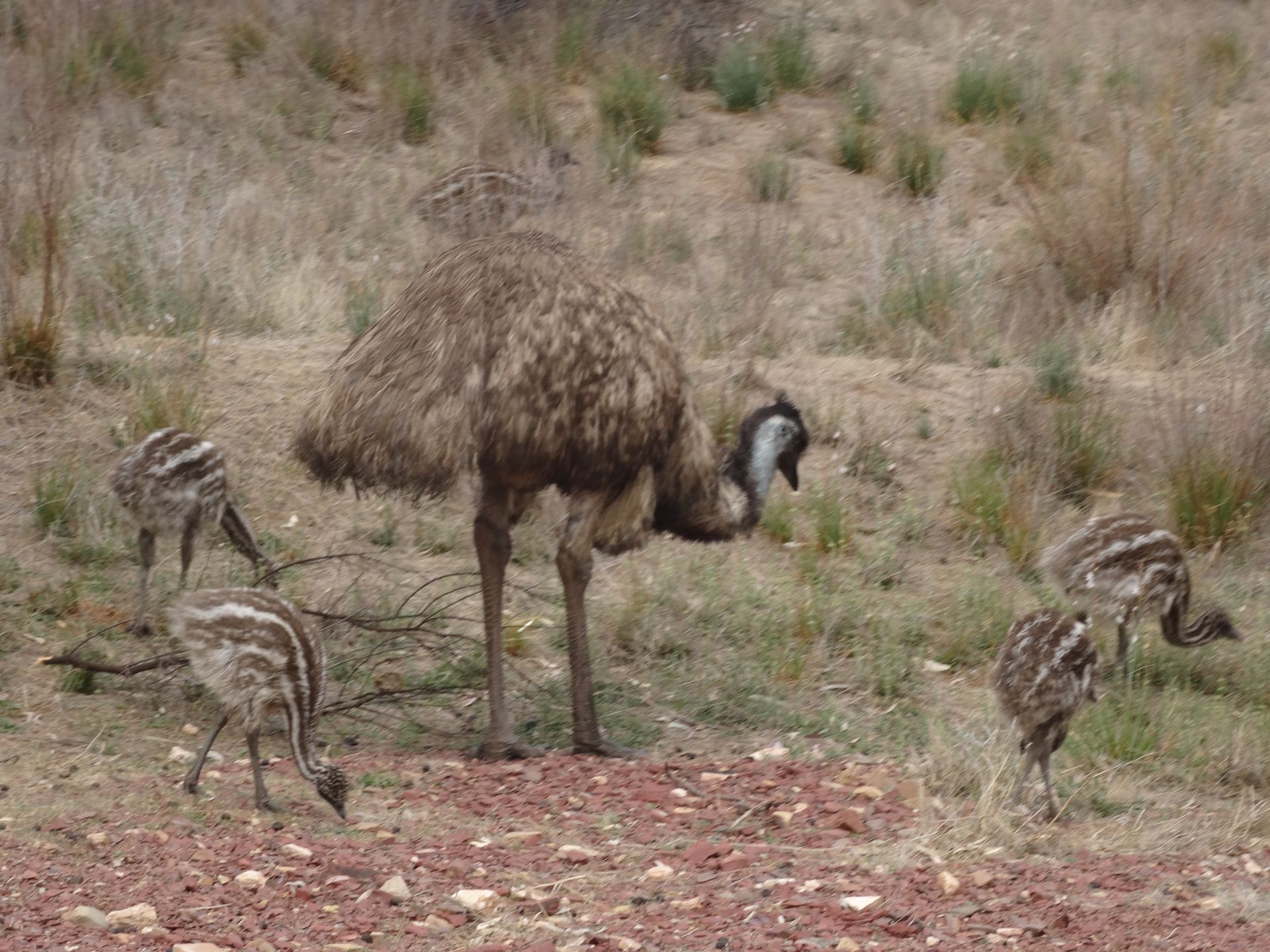
It gets very cold here at night, almost reaching freezing point. But that doesn't stop the Aussies from camping with just a tent and wearing shorts and flip-flops, warming themselves by the campfire in the evening. While I already needed several layers of warm clothing in the evening to feel comfortable, the children in the park were playing lightly dressed as if it were midsummer. Well, clearly it's a matter of habit, I'm a real wimp in comparison;).
During the day, however, it was still very warm and ideal for long hikes. The area is truly stunning!! But what was annoying there, as well as in Coober Pedy, albeit to a lesser extent, are the fly screens that can really irritate you!
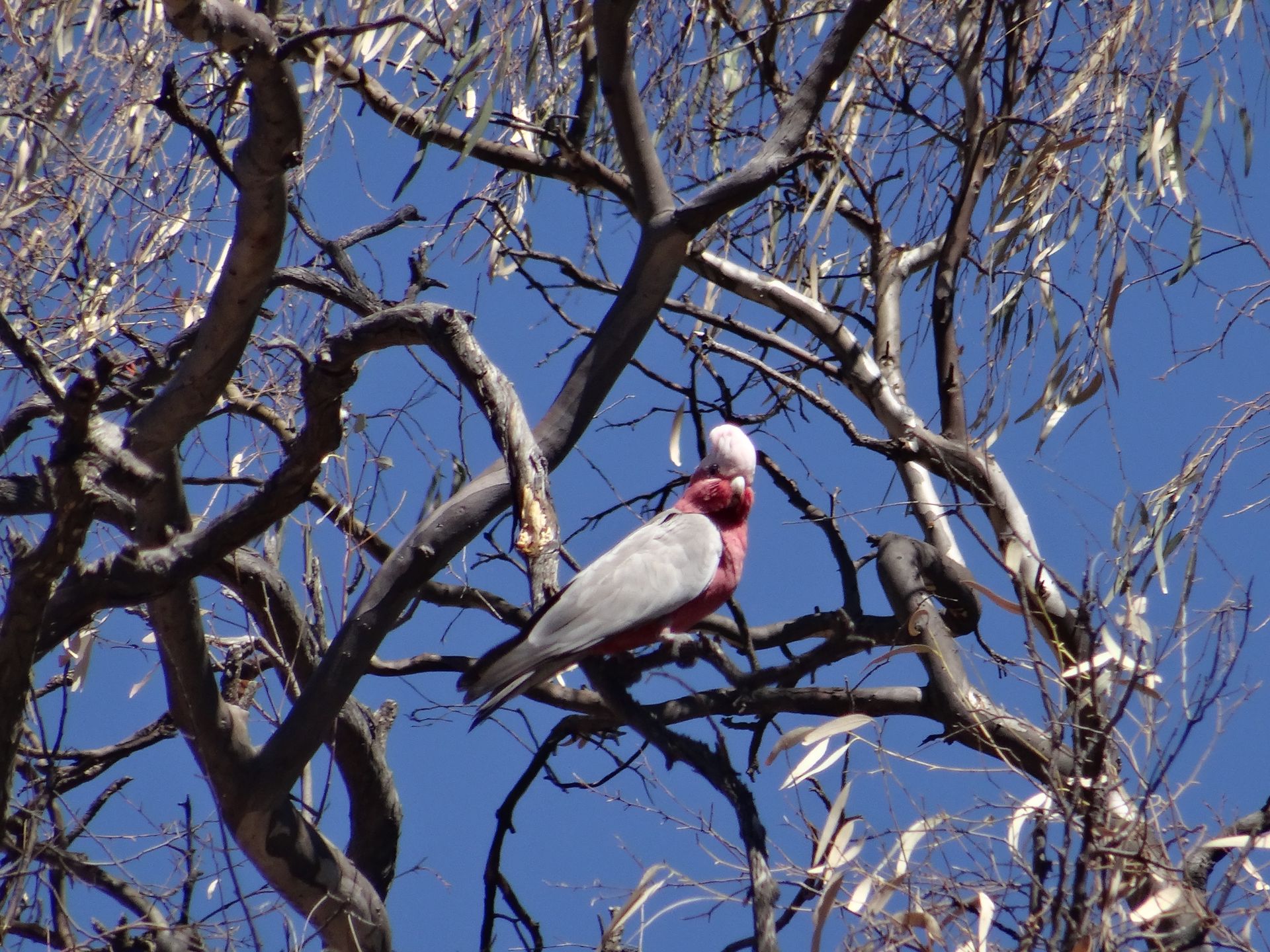

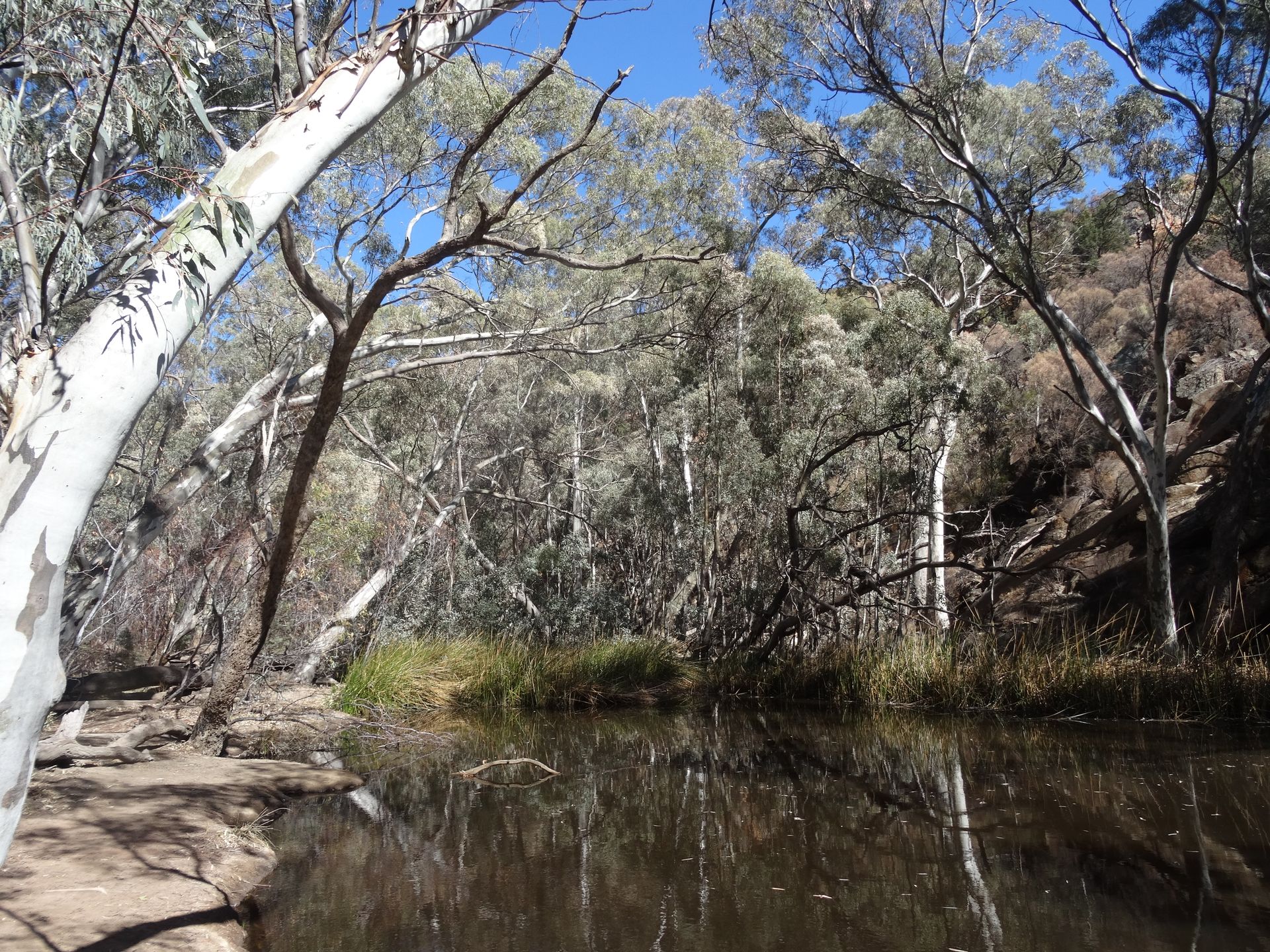

Kyerɛw wo din wɔ Newsletter no mu
Anoyie (1)
Erich
Wenn man euere Bericht liest glaubt man, dass ein solcher Trip das einfachste der Welt ist. Vermisse die negativen Erfahrungen ;-). Habt ihr keine Bekannstschaft mit Schlangen gemacht ?
Auf alle Fälle sehr aufschlussreich eure Berichte. Nur weiter so. 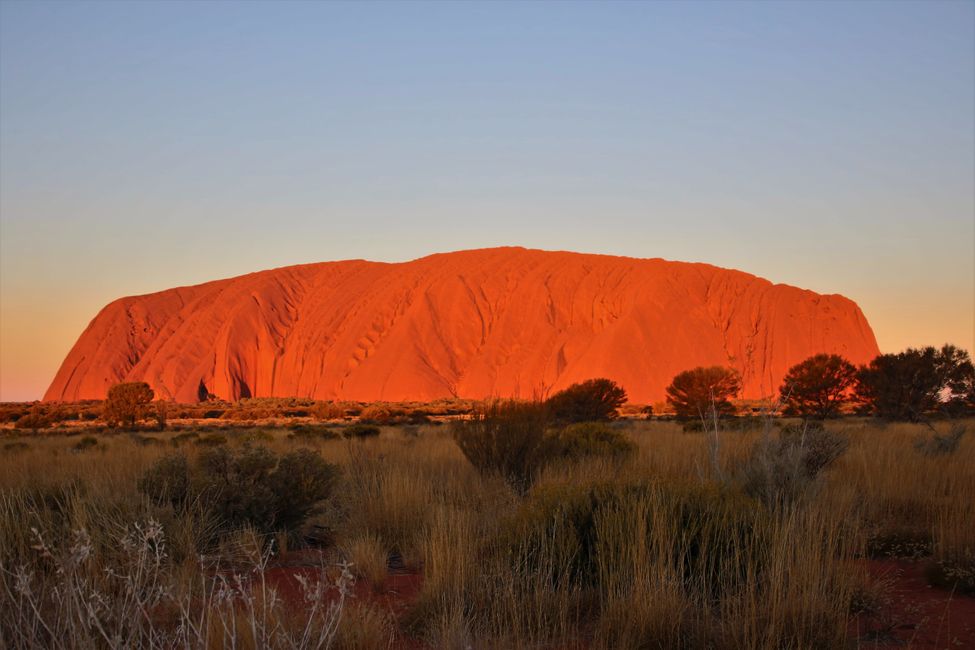
Akwantuo ho amanneɛbɔ Australia
